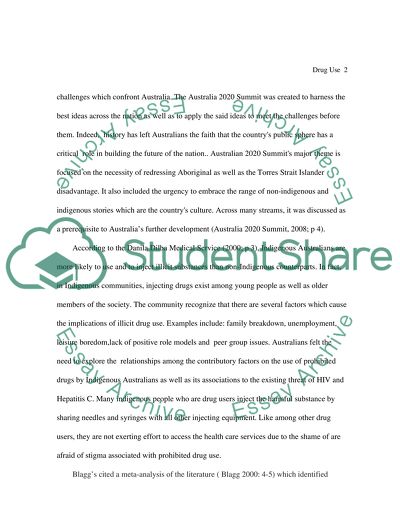Cite this document
(“Drug Use Among Remote Aboriginal and Torres Strait Islander Term Paper”, n.d.)
Drug Use Among Remote Aboriginal and Torres Strait Islander Term Paper. Retrieved from https://studentshare.org/sociology/1531099-criminology-sociology-pls-refer-to-the-bottom-for-essay-question
Drug Use Among Remote Aboriginal and Torres Strait Islander Term Paper. Retrieved from https://studentshare.org/sociology/1531099-criminology-sociology-pls-refer-to-the-bottom-for-essay-question
(Drug Use Among Remote Aboriginal and Torres Strait Islander Term Paper)
Drug Use Among Remote Aboriginal and Torres Strait Islander Term Paper. https://studentshare.org/sociology/1531099-criminology-sociology-pls-refer-to-the-bottom-for-essay-question.
Drug Use Among Remote Aboriginal and Torres Strait Islander Term Paper. https://studentshare.org/sociology/1531099-criminology-sociology-pls-refer-to-the-bottom-for-essay-question.
“Drug Use Among Remote Aboriginal and Torres Strait Islander Term Paper”, n.d. https://studentshare.org/sociology/1531099-criminology-sociology-pls-refer-to-the-bottom-for-essay-question.


